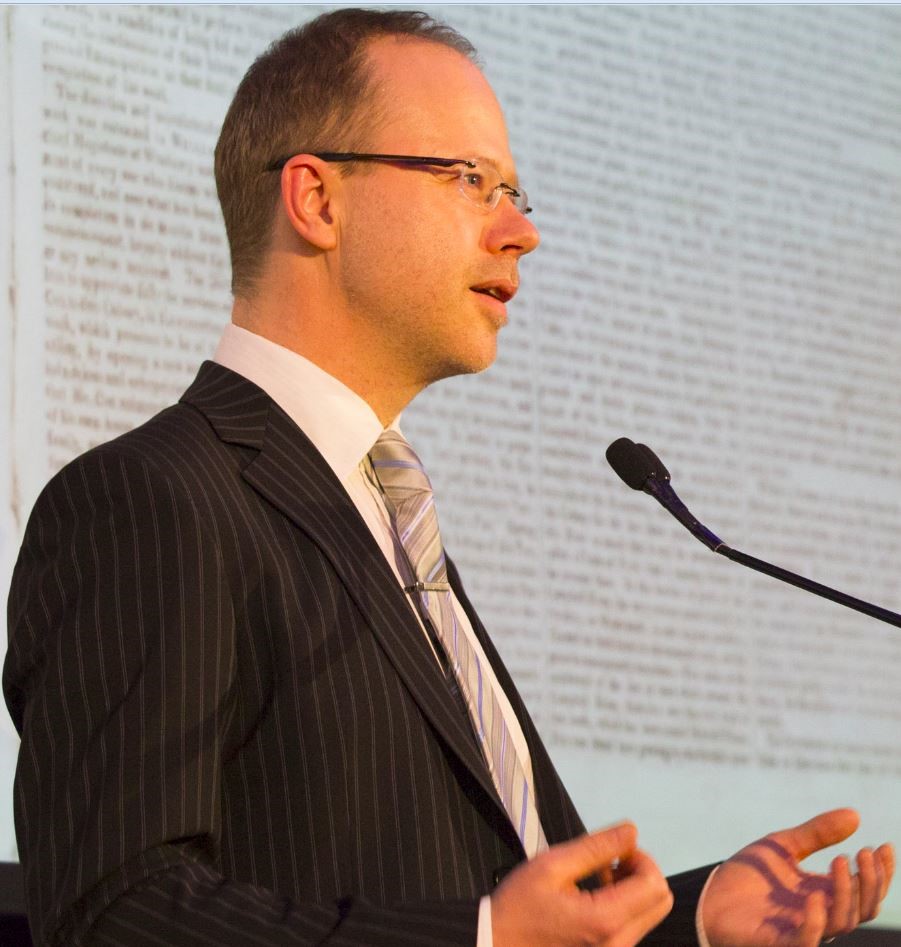A certain ambiguity is attached to the expression “a duty to remember” . . . First of all, those who are subjected to this duty are obviously those who have not been direct witnesses or victims of the events of which one intends to preserve the memory. It is very clear that those who survived the Holocaust or the horror of the camps do not need to be reminded of their duty to remember. On the contrary, perhaps their duty has been to survive the memory, to escape, as far as they are concerned, from the everlasting presence of an incommunicable experience. – Marc Augé, Oblivion (1994, p. 88)
This article considers how traditional physical memorials to war and other catastrophic events differ from online memorials in the Web 2.0 environment and it asks what the benefits and drawbacks of each may be. There has always been an awkward fit between the public statements embodied in monuments to those who died in war and the personal stories told by individuals who returned. This disjuncture serves to demonstrate that the two ways of remembering traumatic events—the collective and the individual—have traditionally been poles apart and often contradictory. Gradually, over the past two decades, with the increasing influence of critical theories that have questioned national and other dominating discourses—and also with growing interest within the field of clinical psychology in what is now labeled post-traumatic stress disorder—there has been an increasing interest in the vast underlayer of personal stories that national narratives have shut out or silenced.
What can new interactive digital modes for representing cataclysmic events offer to both witnesses and the users who access the Web sites? Online environments provide public spaces for expressing, sharing, and working through experiences of trauma and crisis. New communities are created and new kinds of records and histories are produced. But what are the effects of making private trauma so public? What can online commemoration achieve? What kinds of communities are created and how are these different from physical communities? This article addresses these and other related questions with reference to recent examples.
[extract]
Arthur, Paul Longley. “Trauma Online: Public Exposure of Personal Grief and Suffering,” in “History, Memory and Trauma,” ed. Joseph M. Gabriel, special issue, Traumatology 15, no. 4 (2009): 65–75. doi: 10.1177/1534765609350781.






